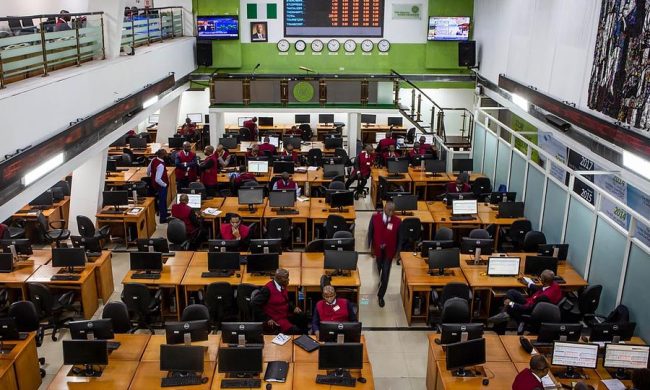Gold on Monday, October 2, slumped to its lowest since mid August as rising U.S. Treasury yields pushed the dollar higher, while concerns over violence during Catalonia’s independence vote at the weekend weighed on the euro.
Expectations that the Federal Reserve will push ahead with athird U.S. interest rate hike this year, upbeat U.S. data and talk of a possibly more hawkish successor to Fed Chair Janet Yellen all lifted Treasury yields.
Rising yields tend to weigh on non-interest bearing gold, while strength in the dollar makes assets priced in the U.S.currency more expensive for buyers holding other currencies.
Spot gold was down 0.5 percent at $1,272.40 an ounce at 1150 GMT, having earlier touched a near seven-week low at $1,270.60 an ounce. U.S. gold futures for December delivery were down $9.80 an ounce at $1,275.00.
The metal posted its biggest monthly fall so far this year in September, despite netting a quarterly rise of 3 percent partly due to tensions over North Korea’s nuclear ambitions.
“The recent selloff is mostly related to a stirring of the reflation trade following the announcement by the Trump administration of the long-awaited tax reform proposal,” Mitsubishi analyst Jonathan Butler said.
With European bourses opening higher, gold failed to benefit from increased demand for havens from risk.
Speculators cut their net long positions in COMEX gold and silver contracts in the week to Sept. 26, U.S. data showed on Friday.
Among other metals, silver was down 0.2 percent at $16.58 an ounce after earlier marking its lowest since Aug. 9.
Platinum was up 0.1 percent at $910.70 an ounce, while palladium was little changed at $934.80. Platinum held in a historically unusual discount to its sister metal palladium for a fourth session.













